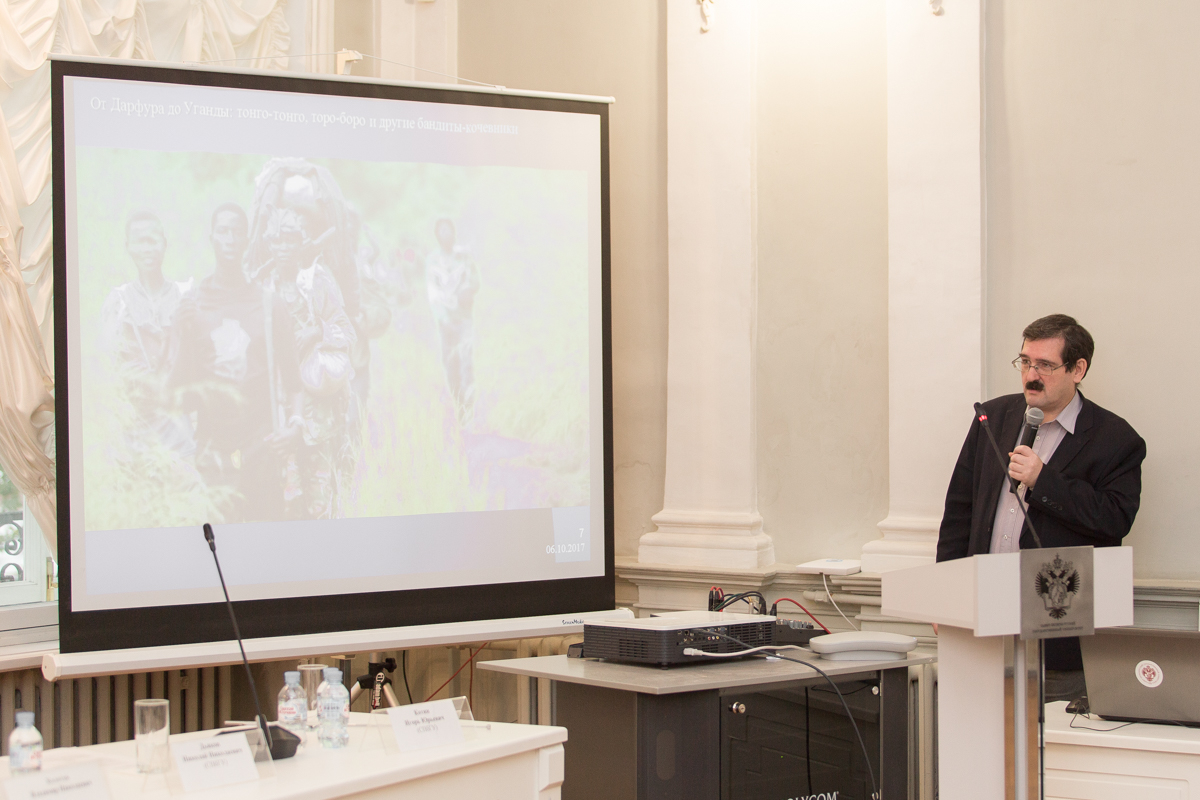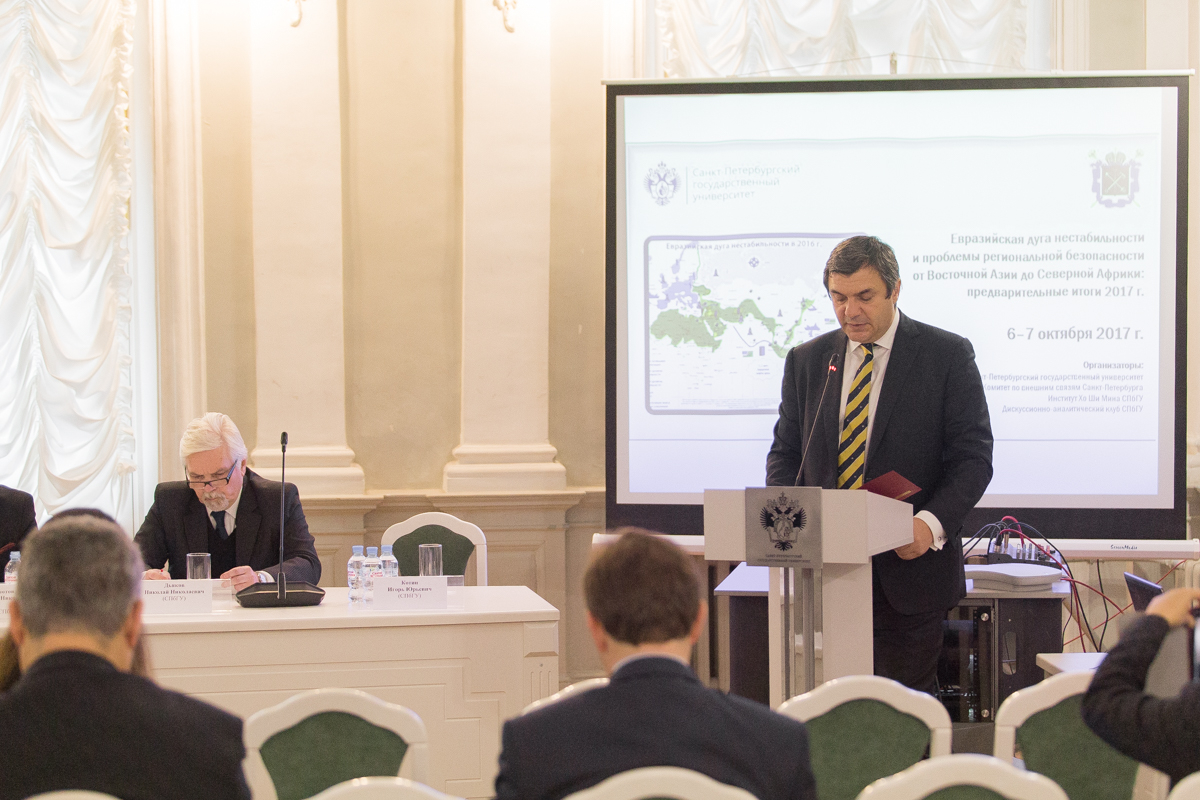Safety and security in Eurasia: SPbU
St Petersburg University has hold a conference “Eurasian Arc of Instability and safety from East Asia to North Africa: tentative results of 2017”.
The Eurasian Arc of Instability is a chain of politically unstable nation states that cause destabilization in the region. Destabilization weakens geopolitical rivals, torpedoes transnational economic projects and is stimulated by the export of instability from one region to another. The Arc strongly influences processes in the regions and geopolitical climate in Eurasia.
At the opening of the plenary session, Deputy Chairperson of the Committee for External Affairs of St Petersburg Viacheslav Kalganov said that the discussions on the safety issues were high priority with the experts and hoped that academic community would further collaborate with the intelligence agencies.
We regularly use proceedings of the conference to cement the ties between St Petersburg and other regions. The Arc is a serious aspect of the geopolitical landscape of the whole world.
SPbU’s Professor, Advisor of the Chairperson of the Legislative Assembly Vataniar Iagia
The event was visited by the researchers from SPbU, experts from the Russian Institute of Strategic Research, Centre for Russian-Arab Collaboration, Public Chamber, Russian Orthodox Church, RANEPA, Voenmekh, Higher School of Economics, SPbGEU.
In the plenary report, SPbU’s Professor, Research Director of the Conference Vladimir Kolotov presented an overview of the arcs of instability. The Arc of Instability stretches through eight regions: North Africa, Near East, South Asia, East Europe, East Asia, Arctic, Caucuses and Central Asia. In 2017, the world have seen new conflicts and new technologies of destabilization exported globally, said the expert. Among the most powerful are national and religious disputes, for example in Indo-China.
The seven sections on the military, trans-regional and ideological issues in relation to the Arc of Instability focus on the zones of collision in North Africa, Near East, and East Asia. It discusses geopolitical situation in the regions, identifies the causes of the local flashes of instability, and makes forecasts on escalation/de-escalation of instability. It particularly focuses on inter-state unions and organizations: CSTO, NATO, BRICS, and ASEAN.




